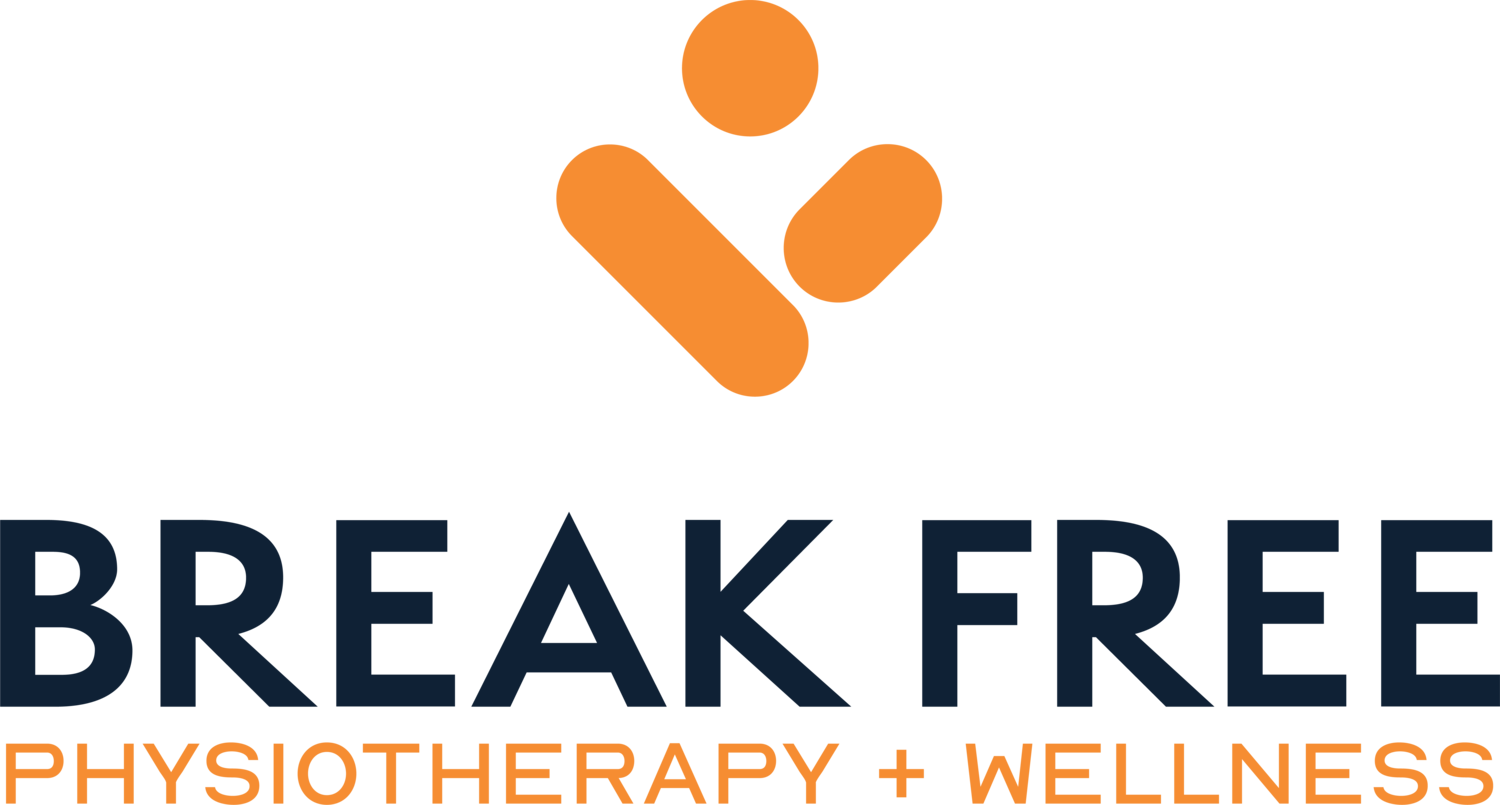Compression Fractures
Our back is composed of 24 stacked bones that create the spine. Like any other bone in the body, these bones (also called vertebrae) can become fractured. In a compression fracture, the vertebral body becomes compressed, creating small cracks and breaks in the bone.
Vertebrae depicted which has fractured due to stress from compression.
How do I know if I have a compression fracture?
To diagnose a fracture, your healthcare provider will take a thorough history and perform a detailed assessment. You will also have imaging completed of your spine to examine the bones and determine if a fracture is present.
Common symptoms may include:
Back pain - This pain may increase with standing/sitting and reduce with lying down
Reduced ability to bend and twist through your back
Tenderness over a specific area in your spine
Stooped over posture
It is important to note these symptoms overlap with many other conditions that may present in your back. Your healthcare providers can help determine what the problem is!
Why do I have a compression fracture?
The most common reason for compression fractures is the result of osteoporosis, a condition that causes weakening in the bones. Other causes can include trauma, such as a car accident or fall.
I was told I have a compression fracture, now what?
Occasionally, compression fractures may require surgery, but most fractures can be treated without it! This treatment will often focus on reducing pain, modifying activity and protecting the rest of the spine.
Can physiotherapy help?
Yes! A physiotherapist can help guide you to safely return to your daily activities while still protecting your spine. Following a thorough assessment, a physiotherapist will work alongside you to design an individualized program.
Physiotherapy treatment may include:
Pain management
Guidance regarding safe movements
Strengthening and flexibility exercises
Postural exercises
Fall prevention
Home exercise program
To help you get started with the rehabilitation process, book an assessment with one of our skilled physiotherapists today!
This blog was written by our PT Resident, Tarra!
Tarra completed her Master of Physiotherapy degree at the University of Western Ontario and received her Honours Bachelor of Science degree in Kinesiology at McMaster University. She is the newest member of the Break Free Team!




